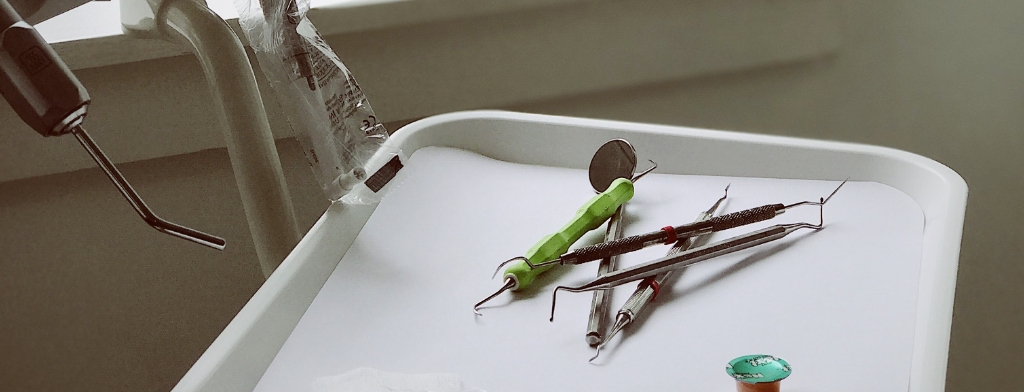Dental Examination and Procedure Dog

37 Kingsway
Cronulla NSW 2230 AU
02 9527 2604
cronullavetclinic@gmail.com

Dental examination & procedure
80% of dogs over the age of 3 years already show signs of gum disease.
Overview
Maintaining good dental health in your dog is a lifelong commitment. Dogs have 42 permanent teeth to chew on meat and vegetables, and they need to be well looked after. Unfortunately, dental disease is one of the most common conditions diagnosed in companion animals. 80% of dogs over the age of 3 years already show signs of gum disease.
A dental examination is important in identifying early signs of dental disease. Untreated dental disease can lead to kidney, liver and heart disease.
Signs
Common signs of a dental problem:
- Decreased appetite
- Unwillingness to eat hard food
- Drooling
- Bad breath
- Plaque or tartar build up on teeth
- Swollen, red or bleeding gums
- Missing or broken teeth
- Weight loss
- Pawing at mouth
Dental examination
During a dental examination, a member of your veterinary team may:
- Begin with a full medical history
- Ask if you have noticed signs of dental disease such as bad breath, drooling, blood on a toy, pawing at the mouth
- Palpate around the mouth, feeling the lymph nodes for pain or swelling
- Check the gums for redness, bleeding or inflammation (gingivitis)
- Check the teeth for tartar or plaque
- Check for abnormal teeth such as broken, cracked, abscessed, retained baby teeth or tooth loss
- Run pre-anaesthetic bloodwork
Dental procedure
What may happen during a veterinary dental procedure:
- General anaesthesia
- Full oral examination, diagnosis and staging of any dental disease
- Radiographs (depending on outcomes of assessment)
- Teeth scaling to remove tartar and plaque
- Teeth polish
- Gum irrigation to remove debris and remaining polishing paste
- Application of anti-plaque system such as an oral sealant
- Assessment of abnormal gum pockets
- Tooth and gum procedures depending on findings
- Administration of pain relief and antibiotics, where required

Dental disease classification
| Normal | Normal - no sign of dental disease |
| Stage 1 | Gingivitis only - slight redness |
| Stage 2 | Early dental disease - redness, visible calculus and plaque |
| Stage 3 | Moderate dental disease - moderate calculus and plaque, tooth mobility, loss of tissue attachment |
| Stage 4 | Advanced dental disease - heavy calculus and plaque, extreme tooth mobility, loss of tissue attachment and underlying bone. |
Following a dental procedure, your veterinary team may:
- Prescribe medications such as antibiotics or anti-inflammatories
- Ask you to monitor for potential complications such as bleeding, coughing, infection
- Book a follow-up appointment to ensure appropriate healing
- Discuss specific homecare strategies to help reduce plaque and tartar build-up
- Recommend dietary changes to assist in long-term plaque reduction
Home care
Taking care of your pet's teeth at home is extremely important in reducing plaque formation and the development of dental disease. Plaque control can be achieved through mechanical removals such as brushing teeth or using dental chews or chemical means within veterinary dental products. Nothing is 100% effective forever and therefore like us, your pet will still require regular dental check-ups and professional cleaning procedures.
Tooth brushing
Tooth brushing is considered the "gold standard" when performed at least once daily. It is the most effective and cheapest form of plaque prevention. Toothbrushes come in varying sizes and designs: a fine bristle toothbrush head on a standard straight brush is ideal. It's important only to proceed if your pet allows.
When using toothpaste, it is important to use a veterinary one as they are flavoured for pets, have low levels of fluoride and do not foam. Note: human toothpaste can cause stomach irritation if ingested.
Always use a circular sweeping motion, pushing the brush away from the gumline.
Ask us about our "how to get your pet used to toothbrushing, the slow and steady way" handout!
Dental chews
The natural chewing motion can help reduce plaque. Some dental treats and commercial dry foods also contain chemical plaque control agents.
Chew toys
It's important to choose a chew toy that is made of durable rubber. Avoid toys that can be broken to pieces such as plastic or rubber toys as these can become lodged in the pet's stomach. Harder toys such as rope toys or even rocks and sticks can cause damage to your pet's teeth.
Follow up evaluations
Early detection of dental disease is important in preventing pain, discomfort and the development of further disease.